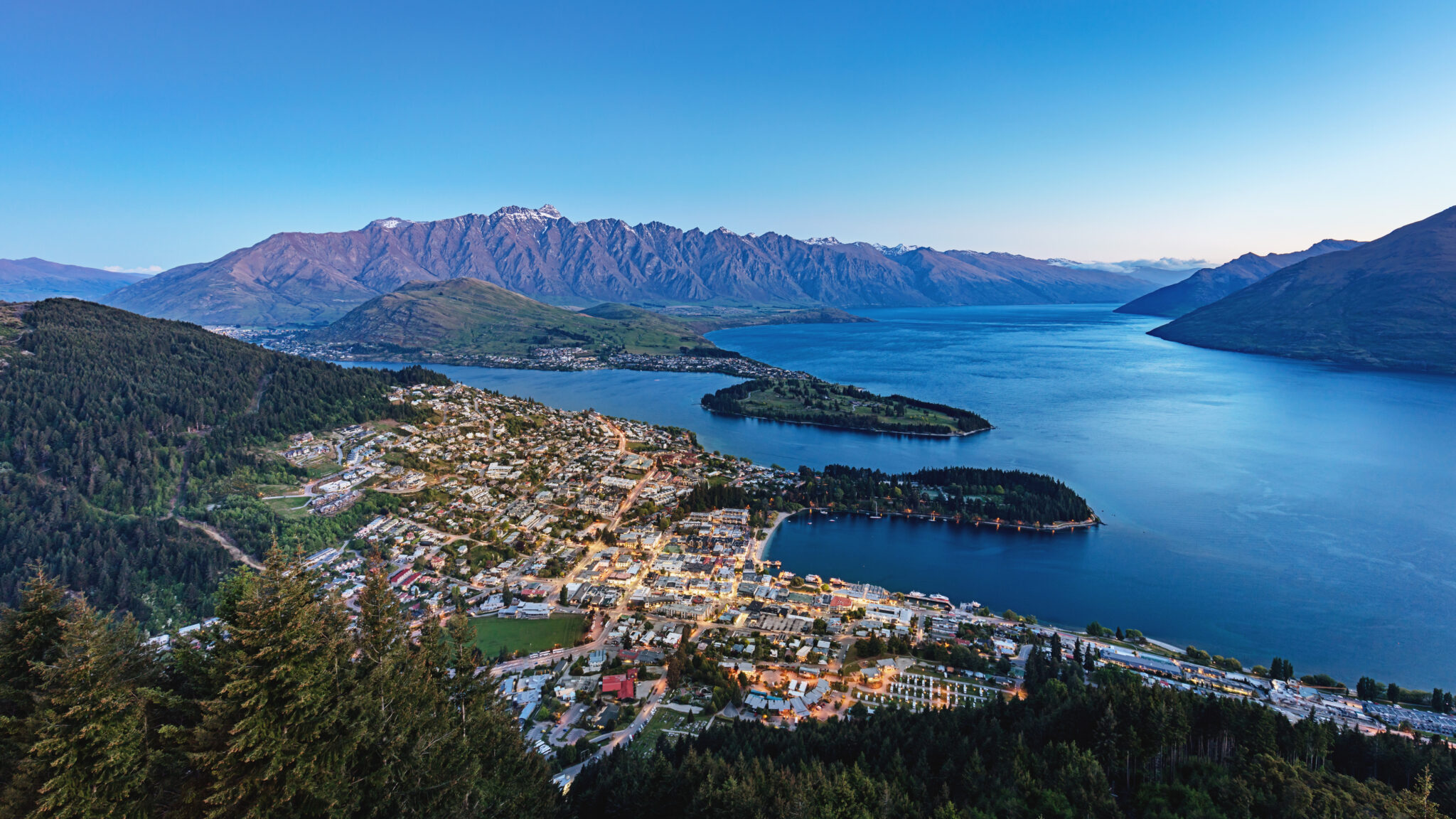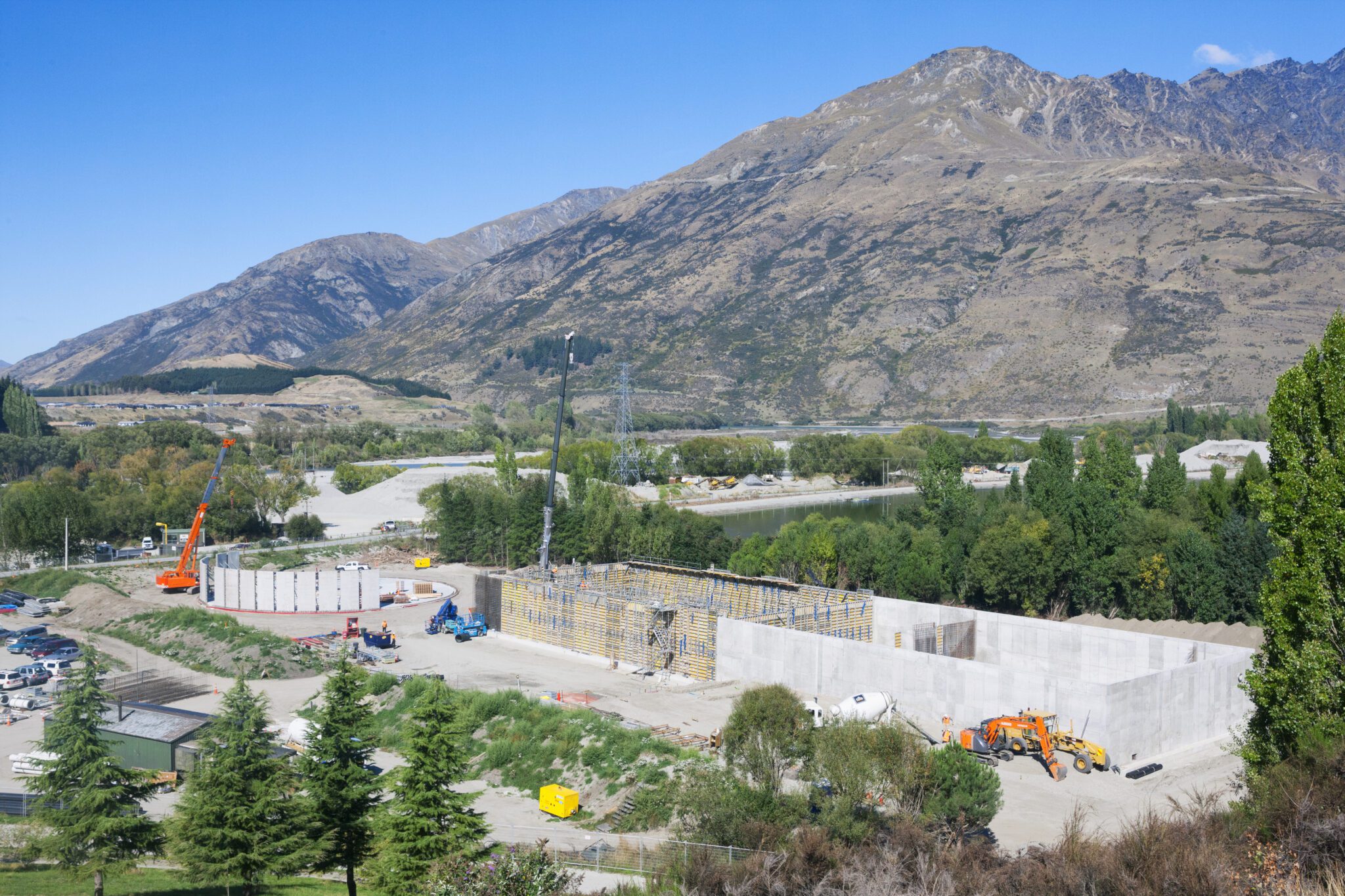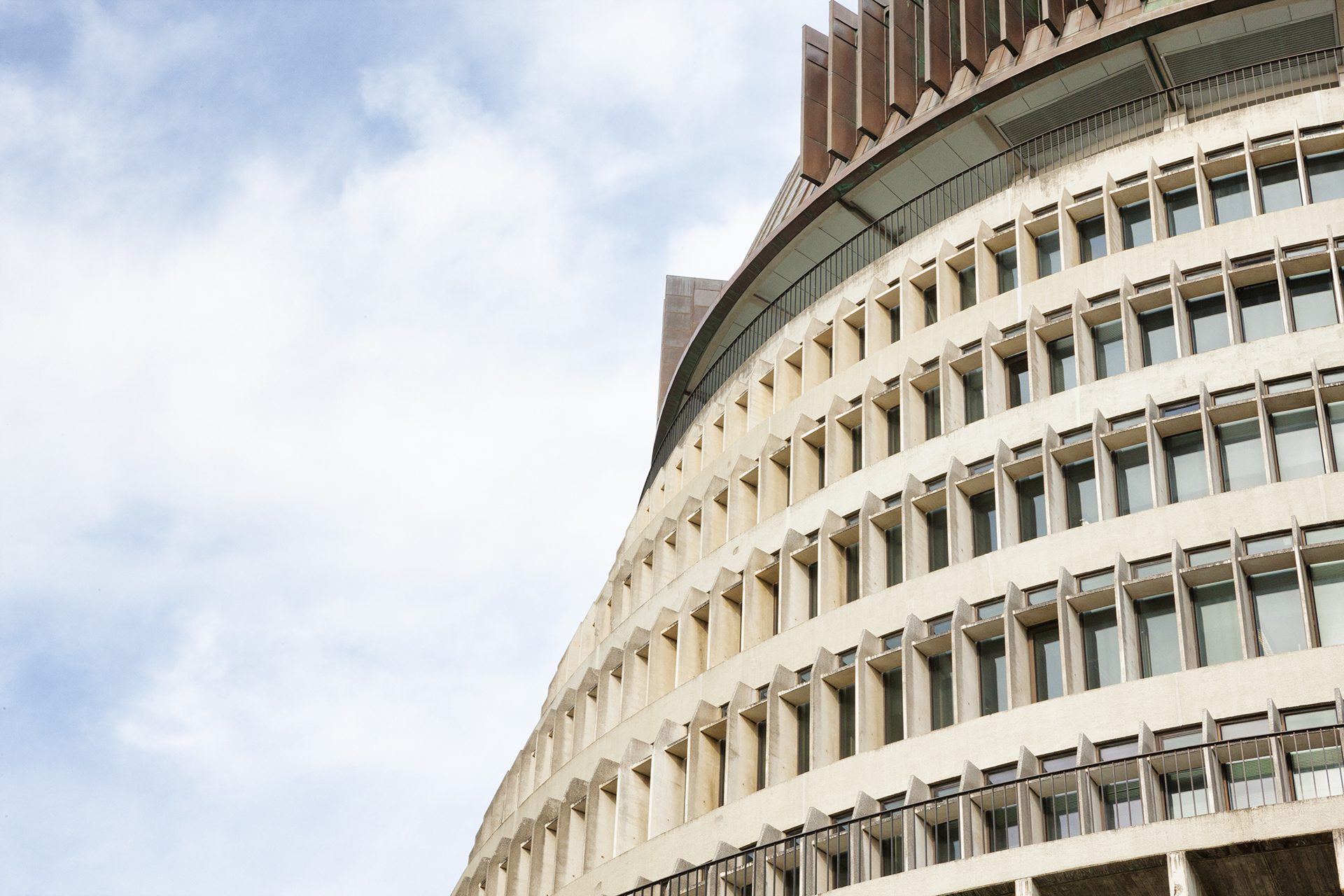The Timaru District Council (TDC) publicly notified the proposed Plan on 22 September 2022, which sets out the planning framework for the management of activities and effects in Timaru district, including subdivision, development and built form.
Despite the replacement legislation currently in process, this plan will govern consenting issues for the next 10 years or so until a new framework is in place.
This article summarises the key changes proposed, however we recommend obtaining specific advice for individual proposals or details on particular properties. The details below and included in the proposed Plan are indicative of the Council position currently, however objectives, rules and policies can and do change following submissions and the hearing process. To be involved and seek changes, submissions must be lodged prior to Thursday 15 December 2022.
Any resource consent application lodged while the proposed plan goes through its process will be required to consider the objectives and policies of the proposed plan, as well as the current rules.
Residential zones
The proposed Plan creates two residential zones (General Residential and Medium Density Residential). The critical difference between the two zones is the expectation for intensification in the Medium Density Zone, including up to three residential units to a site as a permitted activity. Any development greater than that will require resource consent, and show good design and alignment with the zones character and qualities.
This change to the residential density is probably the most significant change for Timaru. Having the potential for three residential homes on a current site may compromise views, outlook, and amenity.
A common question recently for those living in residential zones is about visitor accommodation. We have outlined below what conditions would have to be met in the two zones to provide visitor accommodation without a consent. Anything that doesn’t meet these conditions would need consent, including AirBnB or Book a Bach uses.
Medium Density zone: The visitor accommodation must be ancillary to an existing residential unit (i.e. not a whole home available for booking with no on-site host), there must be no shared access with another site, and no more than 10 guests per night.
Residential zone: As above, but the total number of guests is reduced to 6 per night.
Rural zones
There are three rural zones in the proposed Plan (General Rural, Rural Lifestyle and Settlement Zone). This is a significant reduction from the eight in the operative Plan. The proposed plan introduces areas identified for future rural lifestyle blocks, and reduces the ability to create “rural living sites” on larger rural blocks. Rural lifestyle blocks will be limited to areas adjoining or near Geraldine, Temuka, Timaru and Pleasant Point.
Setbacks will be imposed for new intensive primary production or farm effluent disposal areas, where there are sensitive neighbours.
A proposed “Drinking Water Protection” overlay is introduced, which will trigger consent requirements for new subdivision, camping grounds, mining or quarrying activities, pipelines for hazardous facilities, industrial activities and major hazard facilities. The above activities are considered not to be captured by the Regional Planning rules, and so the TDC has proposed them to ensure the protection of drinking water supplies. A higher bar will be required when assessing impacts on groundwater in the overlay.
Business activities
Business activities are divided into several different zones – six commercial and mixed use zones, and one general industrial zone. Each of the different zones has controls regarding which activities can occur there as of right, and built form issues such as height, floor coverage and car parking. Where these controls are not met, resource consent requirements apply. The key changes include new controls on industrial activities where they interact with other zones, an introduced height limit, and new connections to the industrial and trade waste water system requiring a consent.
Hazards and risks
The Plan identifies rules for contaminated land, hazardous substances and natural hazards (river flooding, coastal erosion, slope instability, earthquakes, liquefaction and tsunami). Hazard areas are identified by ‘overlays’, which introduce different rules and requirements for activities within those overlays. Rules include higher floor levels for properties at risk of flooding, and some controls on subdivision and development. This will result in some activities that are currently permitted requiring resource consent, and likely some cost to landowners for flood risk certificates.
Historic and cultural values
Heritage buildings, areas, significant trees and sites and area of significance to Maori are managed within this chapter. Unlike most of the proposed Plan, the rules in this chapter have immediate legal effect.
The Plan is in digital format, and can be found here.
If you live or work in the Timaru District and have any plans for new or expanded uses on your property, get in touch with our Environmental team to understand how the changes may impact you.
Disclaimer: The content of this article is general in nature and not intended as a substitute for specific professional advice on any matter and should not be relied upon for that purpose.



